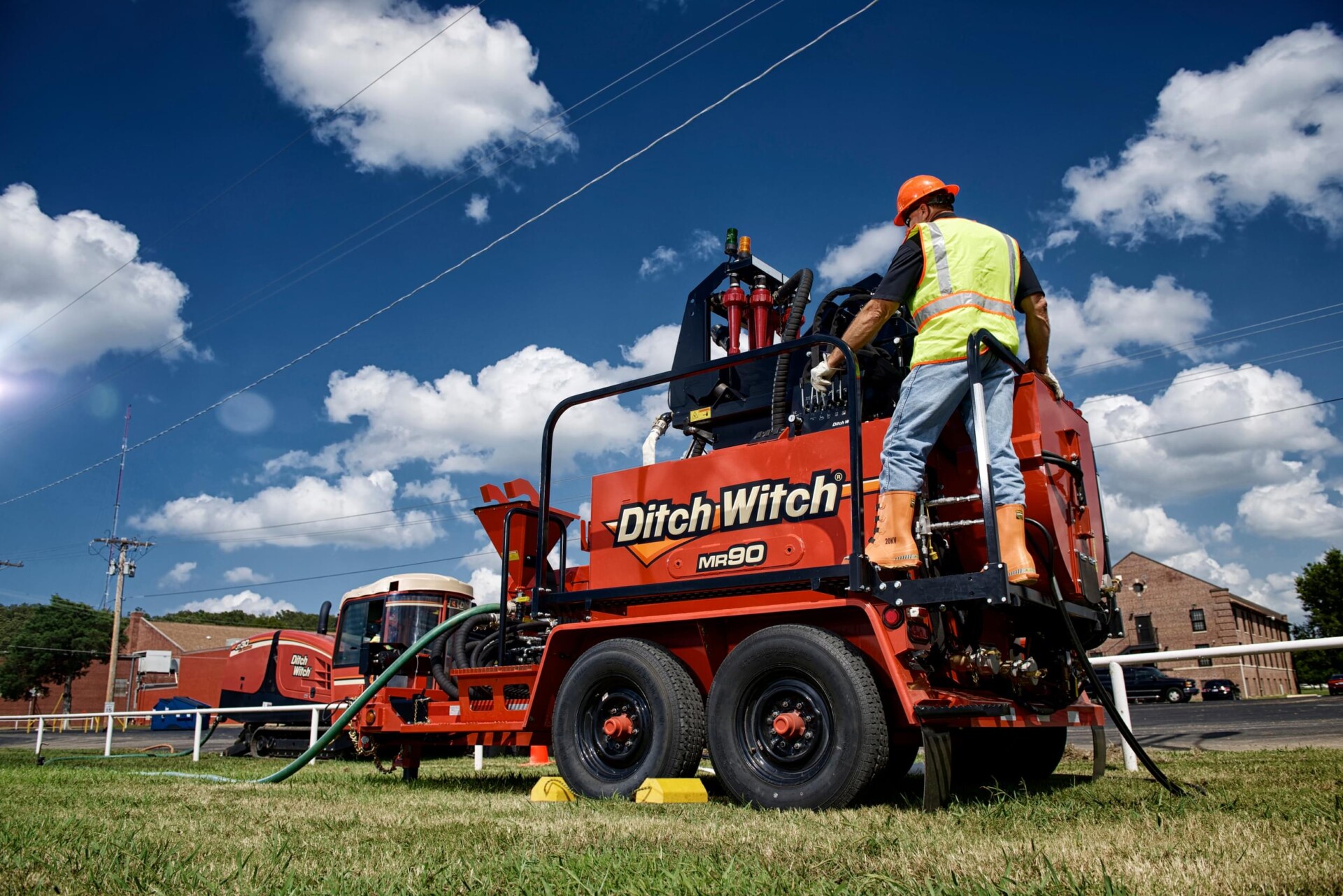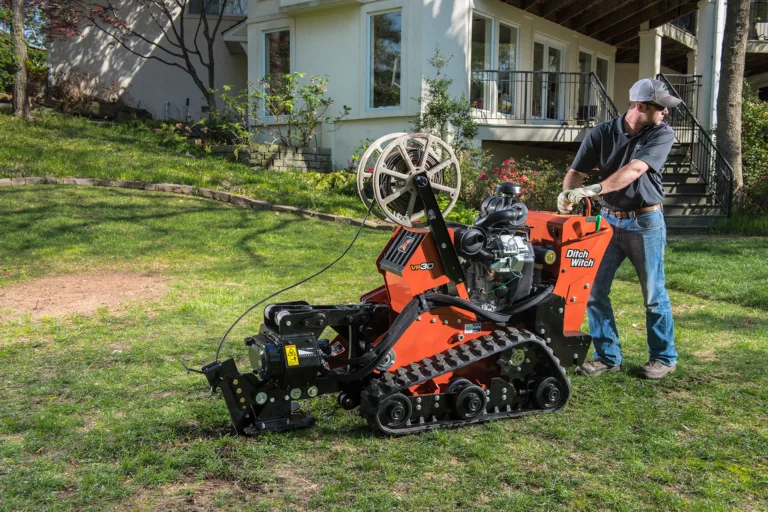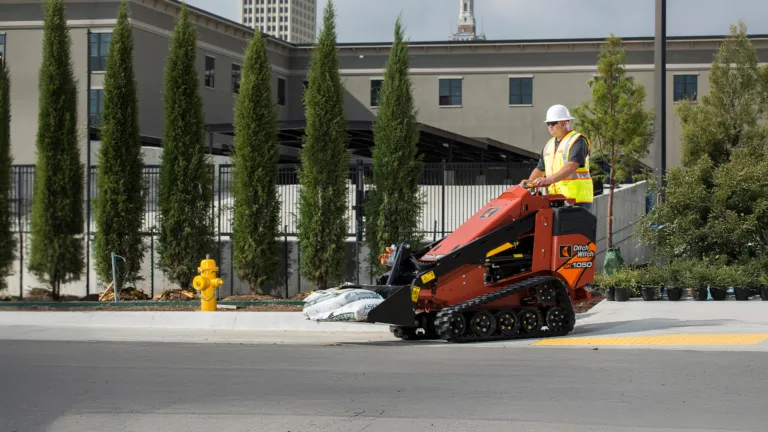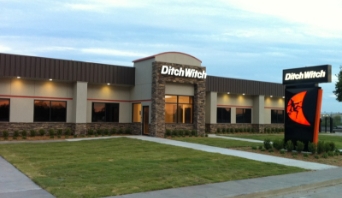Mud recycler maintenance: 10 care tips you need to know
Properly maintaining your mud recycler is key to maximizing the benefits of reusing drilling fluids. A well-maintained mud-recycling system can significantly boost your bottom line by reducing both the cost and time associated with hauling in extra water and disposing of waste. By keeping your mud recycler in optimal condition, you can ensure it operates effectively, delivering consistent results for your drilling projects.
In this guide we share some tips on how to properly care for your mud recycler to keep it running smoothly.
Match the screen to your job site conditions
When it comes to wear components on a mud recycler, the screens are at the top of the list.
“The screens do most of the work, so that’s where you’re going to see the majority of any type of wear,” says Seth Matthesen, Senior Product Manager at Ditch Witch. “They’re manufactured with durability in mind because you can’t continue to change out screens all day, obviously. It’s really about matching the screen to the conditions.”
In an abrasive environment, operators may want to consider using a higher-quality screen in order to avoid changing out screens as often. In a less-abrasive environment, a lesser-quality screen might be sufficient. The micron rating for screens is also a factor. Take the Ditch Witch MR90’s two-screen system. A first-pass screen takes care of larger particles (225 microns and above on the standard screen set) while a finer second-pass screen removes smaller particles (88 microns) to achieve the proper fluid quality.
“The goal is to ensure that both screens are working in tandem so one screen is not doing all the work,” Matthesen says. “If material simply passes through the first-pass screen, you will create premature wear on the hydrocyclones and overwork the second-pass screen.”
But if the first-pass screen is too fine, material will run off the back of the unit, not giving the rest of the system the chance to work. Soil conditions will dictate what screen size will make the mud recycler most productive.
“It’s all about job management,” Matthesen says.
Be sure you have a flowable material coming out of the pit
One way to reduce the amount of wear on the screens and the machine’s other components is to pump enough volume downhole to keep the mud thin, or flowable, as Matthesen says.
“You have to have that flowable material so it can be cleaned. Otherwise it’s like trying to clean rock,” he says. “In training I always use the chocolate shake analogy. You can make it really thick, but if you add just a little bit of milk, you can make it flowable.”
The way the pit is set up can help, as well. Digging a deeper area on one side of the pit provides a place where the larger rock cuttings can settle so that a more liquefied material is maintained in the rest of the pit.
“That way you’re not taking those huge rock cuttings off the bottom,” Matthesen says.
Regularly monitor the system pressure
On a mud recycler, an out-of-the-ordinary pressure gauge reading is one of the first indications of a problem.
“That really is the key to the utilization of the system,” Matthesen says. “It could be from the pump getting old. There may be a gasket that is wearing. It may be a hydrocyclone.
Hydrocyclones wear from the inside out, so it’s not something you can visually see without taking it apart or checking that pressure.”
The Ditch Witch MR90 mud recycler operates at just under 30 psi. Depending on the size of the system, most mud recyclers will run in the 20 to 30 psi range, says Matthesen.
Watch for plugged nozzles on hydrocyclones
An optimal pressure will tell you that the hydrocyclones are operating properly. If that’s not the case, then there’s a problem that needs further inspection. Oftentimes, a plugged nozzle is the culprit, Matthesen says.
“The material should spray out the bottom of a hydrocyclone. If it’s just flowing out like on a bathtub faucet, then there’s something wrong,” he says. “Typically the nozzle gets plugged up. Then you’re reducing your system capability. If you’re running five hydrocyclones, you’ve just cut it off by 20 percent.”
The before-job routine
The hydrocyclones are among the items that should be inspected most often, and before the start of any job.
“Check the hydrocyclones, the screens and the system pressure every day,” Matthesen says. “Those three things will let you know if the system is operating at full capacity. It’s also important because that’s the stuff that is hidden. A tank is a tank. If it’s leaking, you’re going to see it.”
Make sure the screens are tight and set up correctly, and that there aren’t any holes. If there are, replacement is the best fix, but repair is also an option.
“One small hole can cause a lot of damage to other components because solids are still getting through that one small area,” Matthesen says. “When mud weight or sand content starts to increase in the system, the first area to check is the screens and potential holes. Quick-dry silicone is commonly used to cover a worn area of the screen to get longer screen life or continue production until a replacement screen can be installed.”
From there, make sure the hydrocyclones are clean, that the pressure is set correctly and the system is actually achieving that pressure. If the pressure is too low, the clean material won’t come through with the solids dropping off. If it’s too high, machine components could prematurely wear.
Practice an everyday cleaning routine
Cleaning a mud recycler is pretty straightforward: Run fresh, clean water through the entire system. “That should do it,” says Matthesen. “Also take the hydrocyclones apart from the bottom just to get all the heavy material out. Make sure it’s clean and nothing is stuck in that area.”
Track mud weight and sand content while on the job
Matthesen recommends doing tests to check the mud weight and the sand content of the material every half-hour to an hour.
“You need to dispose of the material if it gets too high,” he says. “The heavier the weight, the higher the sand content, the more quickly things wear out not only for the recycling system but also for the drill.”
Matthesen says for the MR90, the Ditch Witch factory recommends users dispose of the material once it exceeds 9.5 pounds per gallon for mud weight and 1 percent for sand content.
The rate at which you reach those levels can also be indicative of a problem.
“If one day it took you 24 hours to get to the threshold and then three days later it only takes you 12 hours, there’s probably something going on with the system you need to recognize,” he says.
Factor in the weather
In cold-weather conditions, Matthesen says it’s important to properly drain the system after off-loading, and to use antifreeze as an additional measure to prevent any problems.
“You have to off-load and drain the pumps and the hoses, which is why there is a low-point drain,” he says. “I still recommend putting some antifreeze in the pump itself just so there is some liquid in it. It’s hard to get every bit of fluid out of a pump a lot of times. Otherwise the low-point drain will get everything else out.”
Don’t mix up hoses
Matthesen recommends operators do something to keep their pit pump hose that connects to the recycling system clearly distinguishable from the transfer hose that transports clean fluid. If a mix-up occurs, the system’s pump could be damaged.
“It sounds pretty simple, but I’ve seen it happen. That dirty hose gets used on the clean side and causes damage to the pump,” he says. “I would recommend using two different types of hoses, two different colors of hoses, one collapsible and one solid. Something so you don’t mix up the hoses out in the field.”
Don’t neglect pit pump maintenance
A mud recycler can’t do its job if material isn’t able to make it to the machine in the first place. That’s where the pit pump comes into play.
“The pit pump is just as important,” Matthesen says. “If you don’t have the ability to pull it from the pit over to the recycling system, you’re not able to work. So be sure to go through all the daily maintenance features on the pit pump.”






